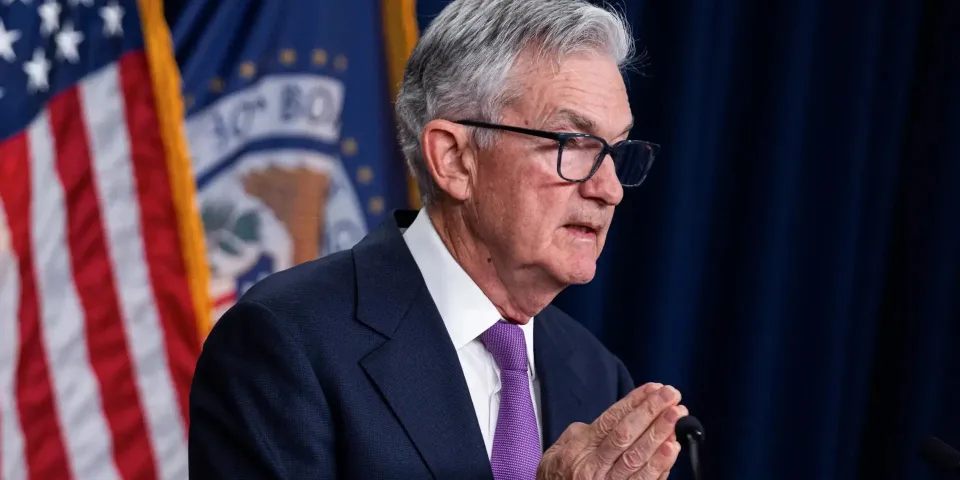
Markets may think it’s a long shot, but the Federal Reserve could make its first interest-rate cut in July as recessionary cracks start to form in the economy.
Steven Blitz, an economist at GlobalData TS Lombard, said in a note Thursday that there’s a 60% chance that the Fed’s chairman, Jerome Powell, will surprise markets and cut interest rates next month.
According to the CME FedWatch Tool, markets are only pricing in a 10% chance of an interest-rate cut at the July policy meeting, with most market participants expecting the first interest-rate cut to happen in either September of November.
But Blitz wrote that a July rate cut from the Fed would be to prevent a looming recession, as recent data has shown signs of weakness in the economy.
And with Powell reiterating his stance that the Fed will be data-dependent in its interest-rate decisions, an imminent rate cut would not be out of the question.
“The recent run of broad data suggest that if June payrolls look more like April than May, and June data generally follow suit, the FOMC will let the doves fly in their July communication,” Blitz said.
The US economy added 175,000 jobs in the month of April, which was well below analyst expectations. That weakness was followed by a stronger-than-expected May jobs report, but recent jobless-claims data has cast a shadow over the labor market.
Additionally, recent housing data has shown a marked slowdown in building activity.
“The May slowdown in housing starts, notably single-family, is not a one-off. There is rising inventory and a perceived drop in traffic that is recessionary in its level,” Blitz said.
Weak sentiment among home builders is also tempering expectations of an imminent catch-up in home-building activity.
An increase in the supply of homes for sale, combined with falling sentiment, “is a tell-tale that new home construction will be weaker in H2,” Blitz said.
This should be concerning to the Fed, which runs the risk of keeping financial conditions too tight for too long and ultimately sparking a recession.
That risk appears increasingly apparent after several hawkish Fed Presidents like Neel Kashkari recently commented that the Fed may not cut interest rates until December.
“There is nothing more ridiculous than the current run of FOMC speakers declaring when the Fed will begin to back off. The data will tell them when the Fed cuts, not the other way around, and they have no better insight on the data than the rest of us,” Blitz said.
And with recent data showing cracks forming in the housing and labor markets, that means a rate cut could happen sooner than most expect.
“I think 60/40 in favor of an ‘easing’ in July. Recession is not an option,” Blitz said.




























